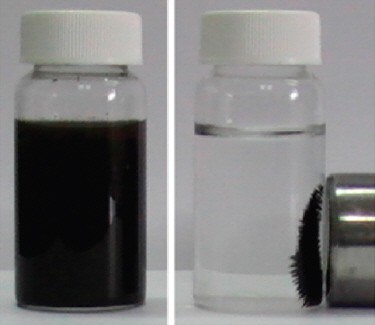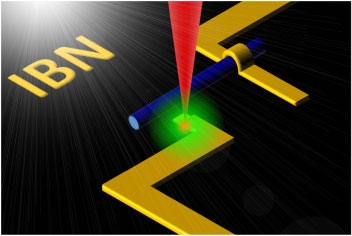An article in New Scientist with the optimistic title “Artificial life forms evolve basic intelligence” gives an update on how two specific examples of computational artificial life is doing in terms of evolving to have more interesting behavior. An excerpt: Brains that have been evolved with HyperNEAT have millions of connections, yet still perform a… Continue reading Can "artificial life" evolve intelligence? An update


